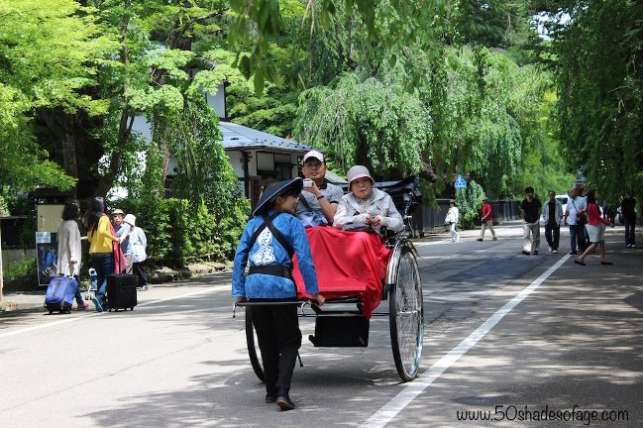
I have always been fascinated with the Japanese warriors called Samurai since I saw the 2003 movie The Last Samurai starring Tom Cruise.
In short the movie’s is about an American military officer, Algren (Tom Cruise), hired by the Emperor of Japan to train the country’s first army in the art of modern warfare, and his growing infatuation with Samurai traditions.
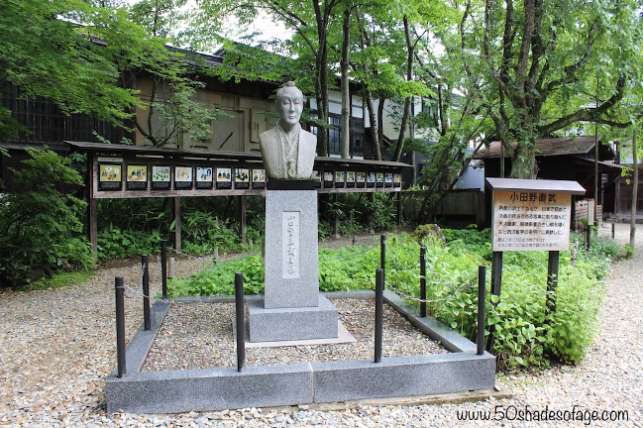
I enjoyed this movie immensely and like Cruise’s character, I was captivated by the tradition of the Samurai. So when during my tour of Northern Japan I was told that I was being taken to an ancient Samurai town called Kakunodate I was understandably excited.
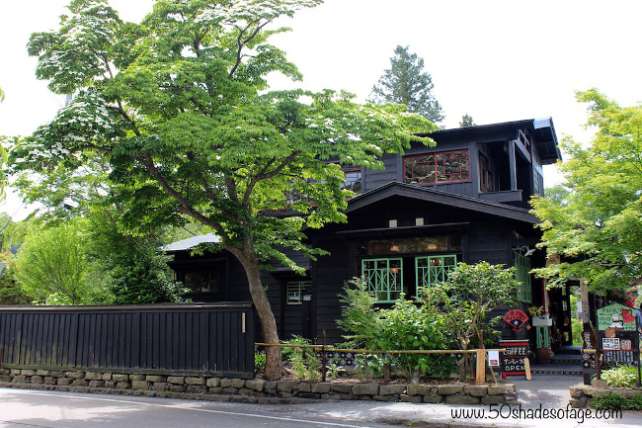
Kakunodate is a town located in Senboku District, Akita Prefecture, Northern Japan. This town has two claims to fame: one being that it is a historical Samurai or castle town; and the other for its glorious weeping cherry trees which line the streets and along the banks of the Hinokinai River, which runs through Kakunodate. You can imagine how gorgeous these trees look when the cherry blossoms erupt during springtime.

We visited this pretty little town on our first day in Japan where we were met by a local tour guide who escorted us throughout the streets of the town, the Samurai residences and one of the local museums.
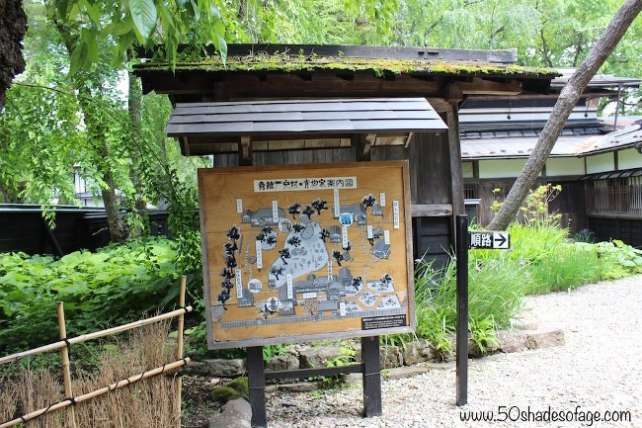
The Samurai (or Bushi) were the warriors of premodern Japan during the Edo Period (1603-1867). They later made up the ruling military class that eventually became the highest ranking social caste of the era.

Samurai were supposed to lead their lives according to the ethic code of bushido (“the way of the warrior”). They were hugely disciplined, articulate, educated and highly trained in weaponry.
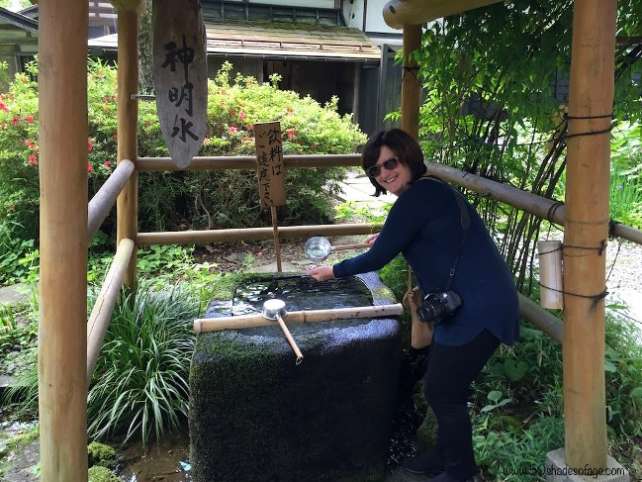
In order to separate the social castes, Samurai were forced to reside in designated districts of the castle towns during the Edo Period and one of these towns was Kakunodate.
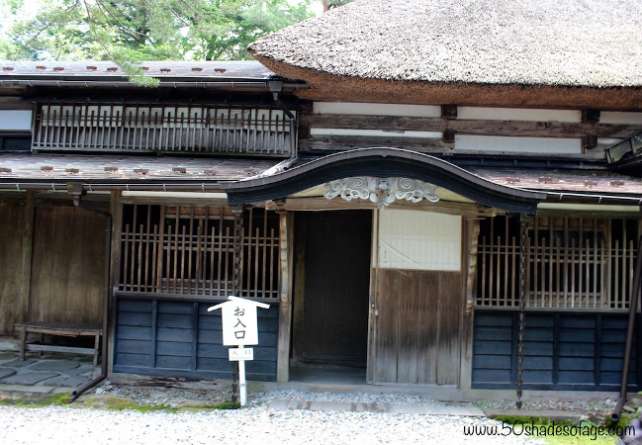
The Kakunodate Samurai district, which once housed about 80 families, is one of the best examples of Samurai architecture and housing in the country.

Of the Samurai houses that remain intact, six are open to the public and gives you and insight into how middle class and wealthy Samurai families might have lived.
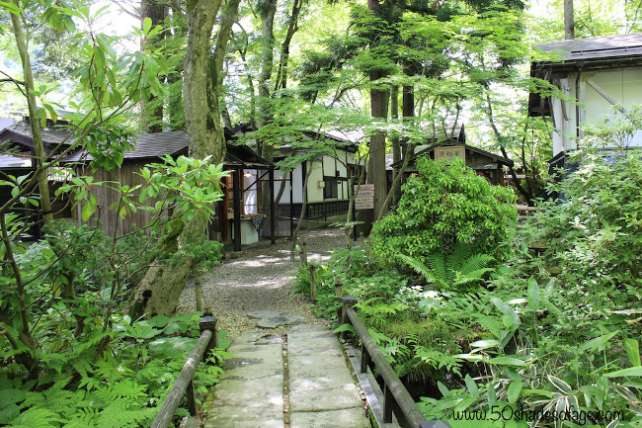
The Aoyagi House consists of multiple buildings containing museum collections, restaurants and gift shops. The displays provide interesting information in both English and Japanese on Samurai traditions, lifestyle and Japan’s historical context in relation to Kakunodate.
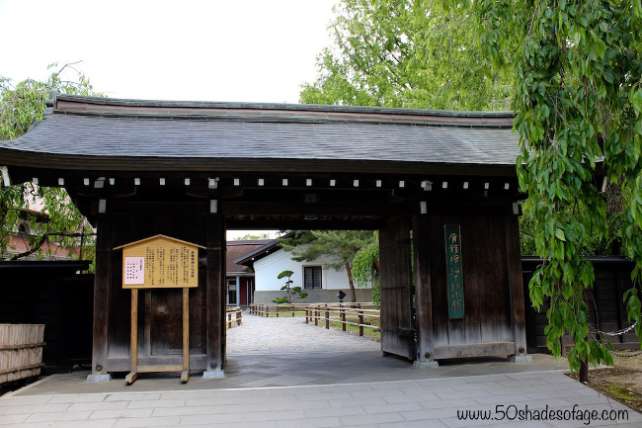
Denshokan Museum, located opposite to the Samurai residences, displays Kakunodate’s history and traditional craft making. Kakunodate most prominent craft is cherry bark woodworking (kabazaiku), which is used to make tea canisters, dishes and large pieces of furniture.
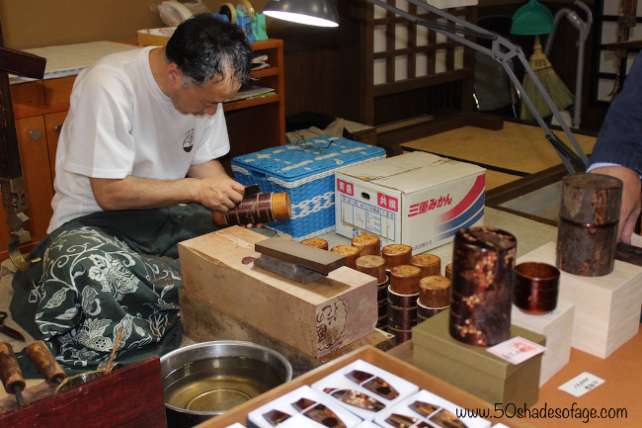
Kakunodate was not only an exceptional insight into Japan’s intriguing Samurai history, but it was a picturesque little place possessing much charm and character. As for seeking the Samurai, I think I found them everywhere I looked in this beautiful little town.
How to get to Kakunodate: We flew from Tokyo with All Nippon Airways (ANA) to Akita Airport and were shuttled by bus to Kakunodate which is 39Kms from Akita.
Where we Stayed: We stayed at the Prince Hotel Shizukuishi in Iwate Prefecture. Shizukuishi is an easy drive, at around 48Kms, from Kakunodate.
Reposted with the permission of Kathy Marris of 50 Shades of Age, a light-hearted blog for the fifty-somethings.
About Travellers Blog
Travellers Blog entries are submitted by travellers communicating their travel experiences in Japan and are published ‘as is’. Opinions written do not necessarily reflect those of JNTO. If you wish to submit a blog, please submit an enquiry through the contact us page.



















































